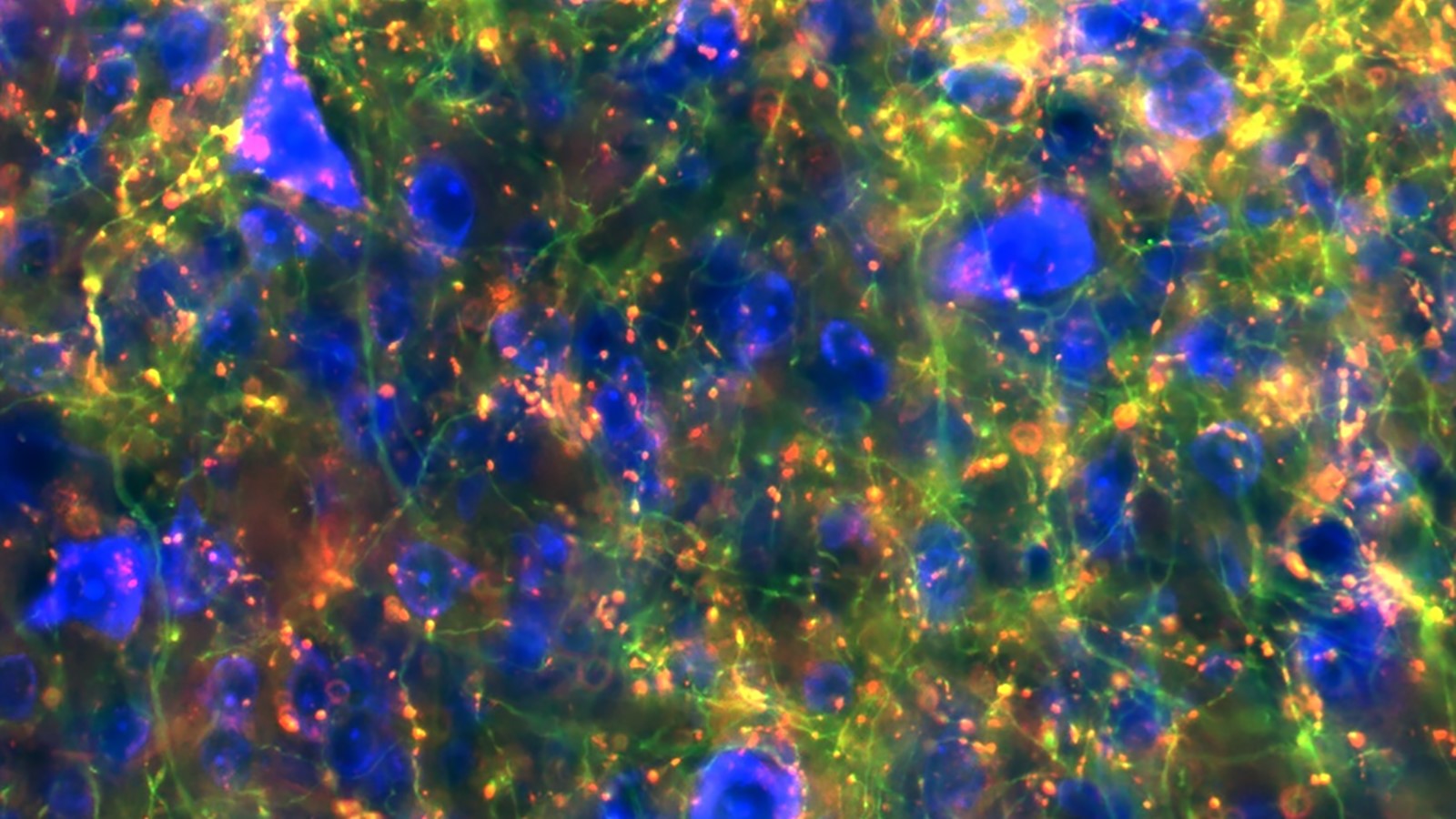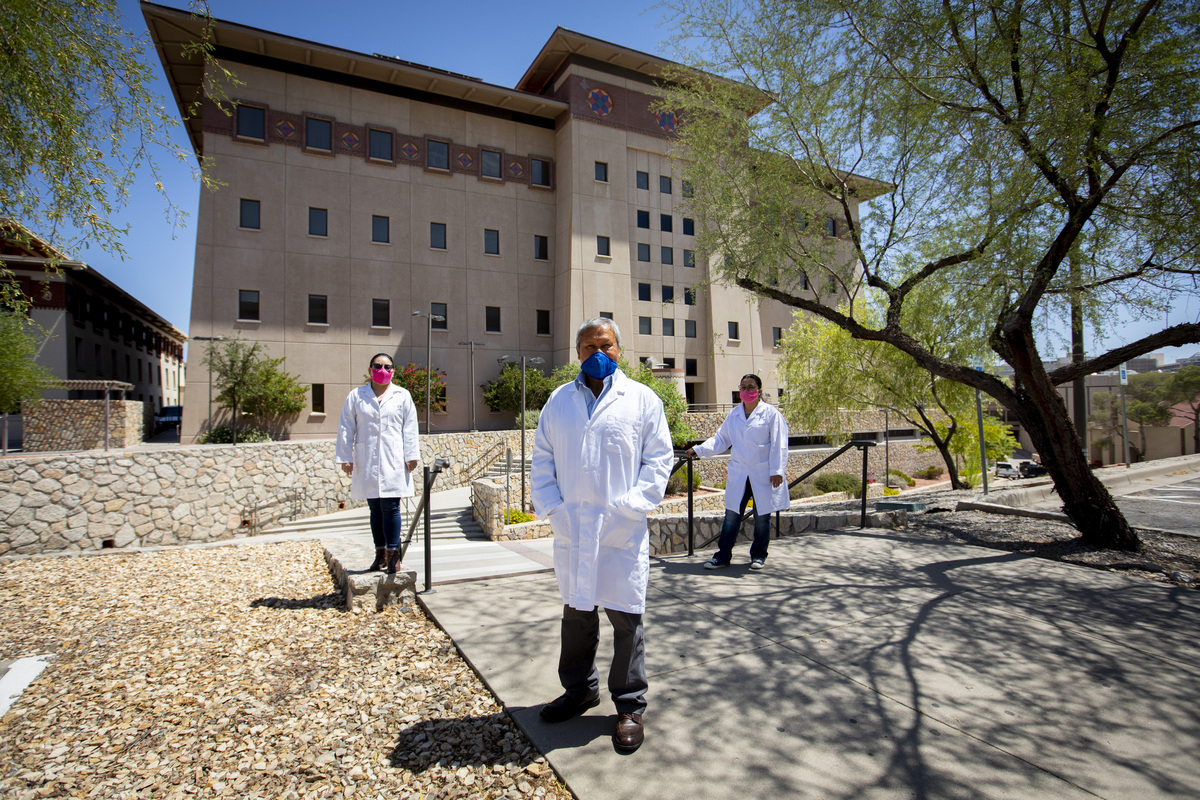Scientists have created a connectivity map from a brain hub that regulates motor and behavior functions. The connections could open avenues for intervention of Parkinson’s disease and other disorders such as Tourette’s syndrome, ADHD and obsessive-compulsive disorder.



